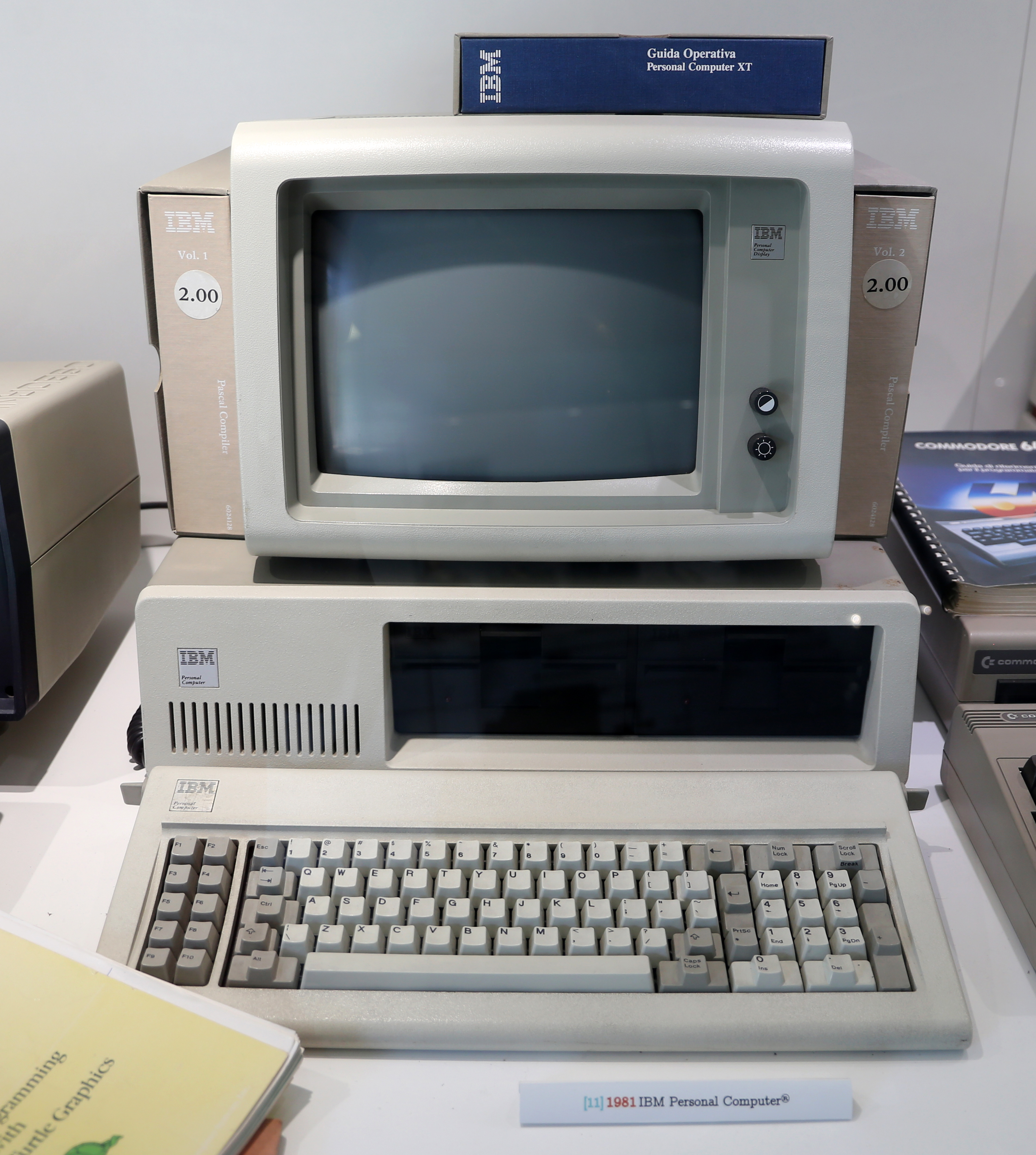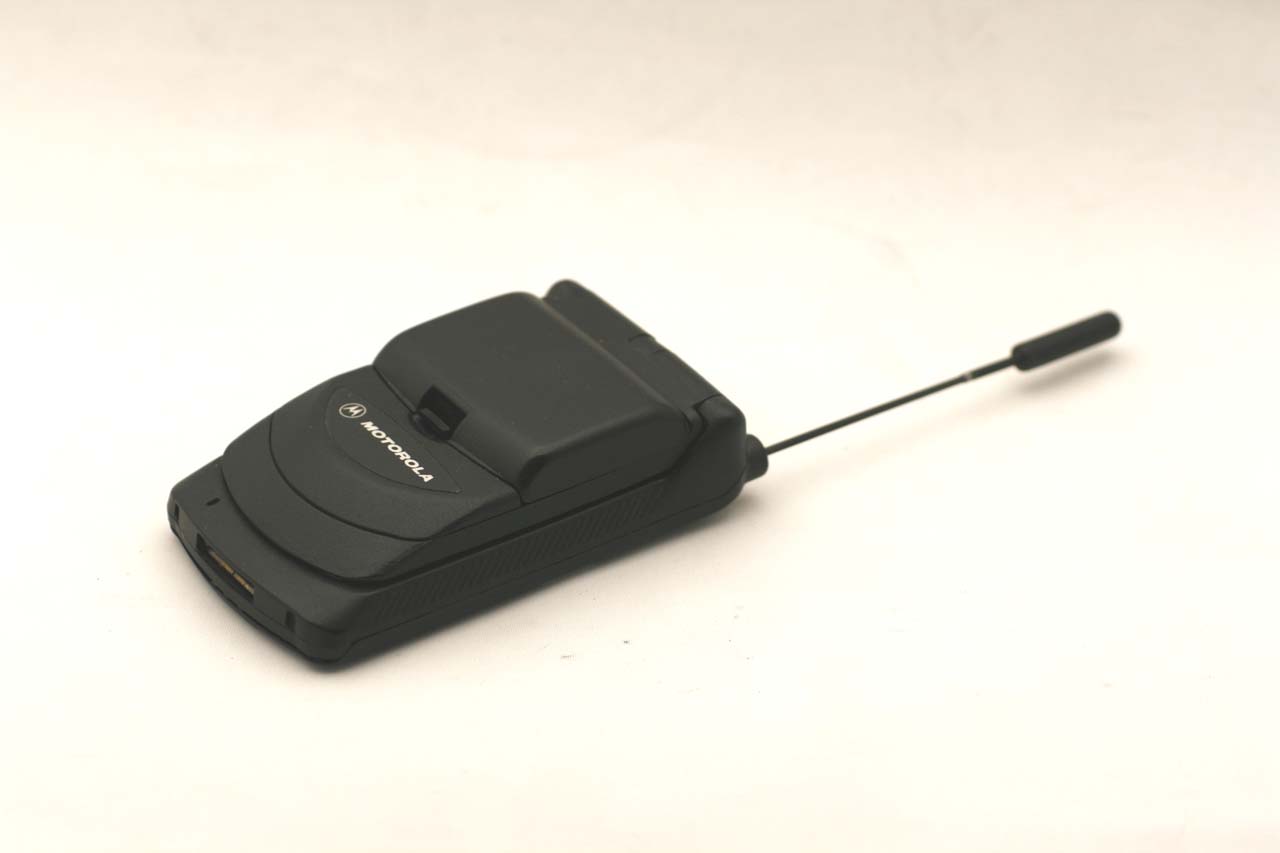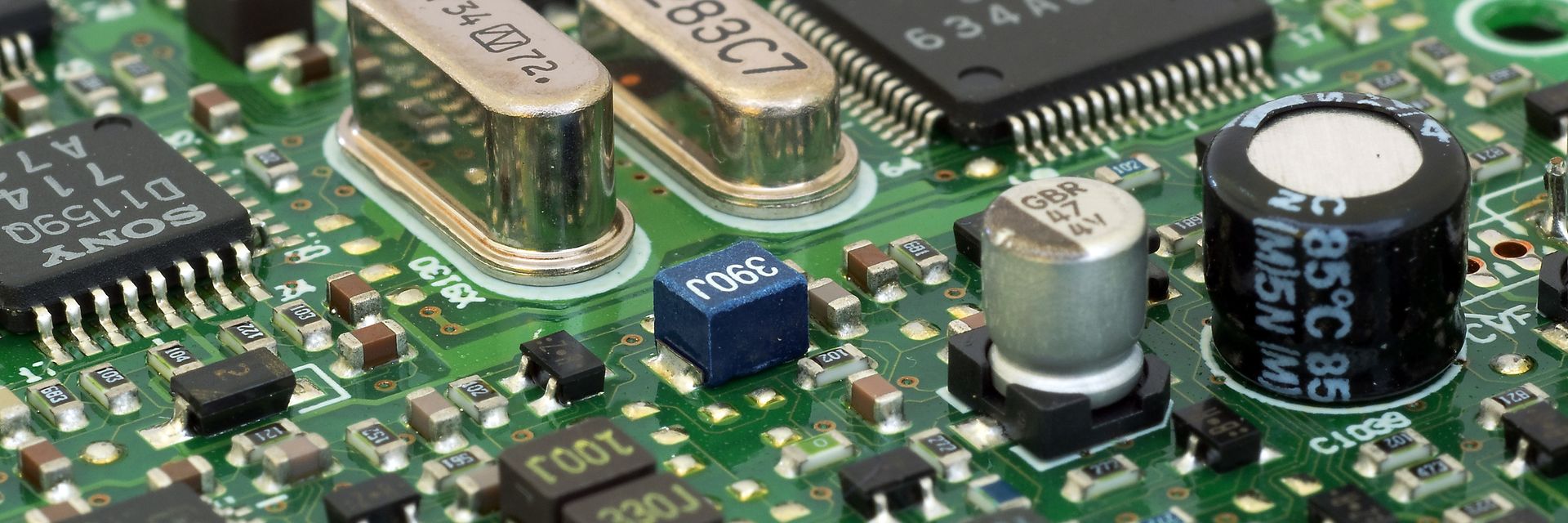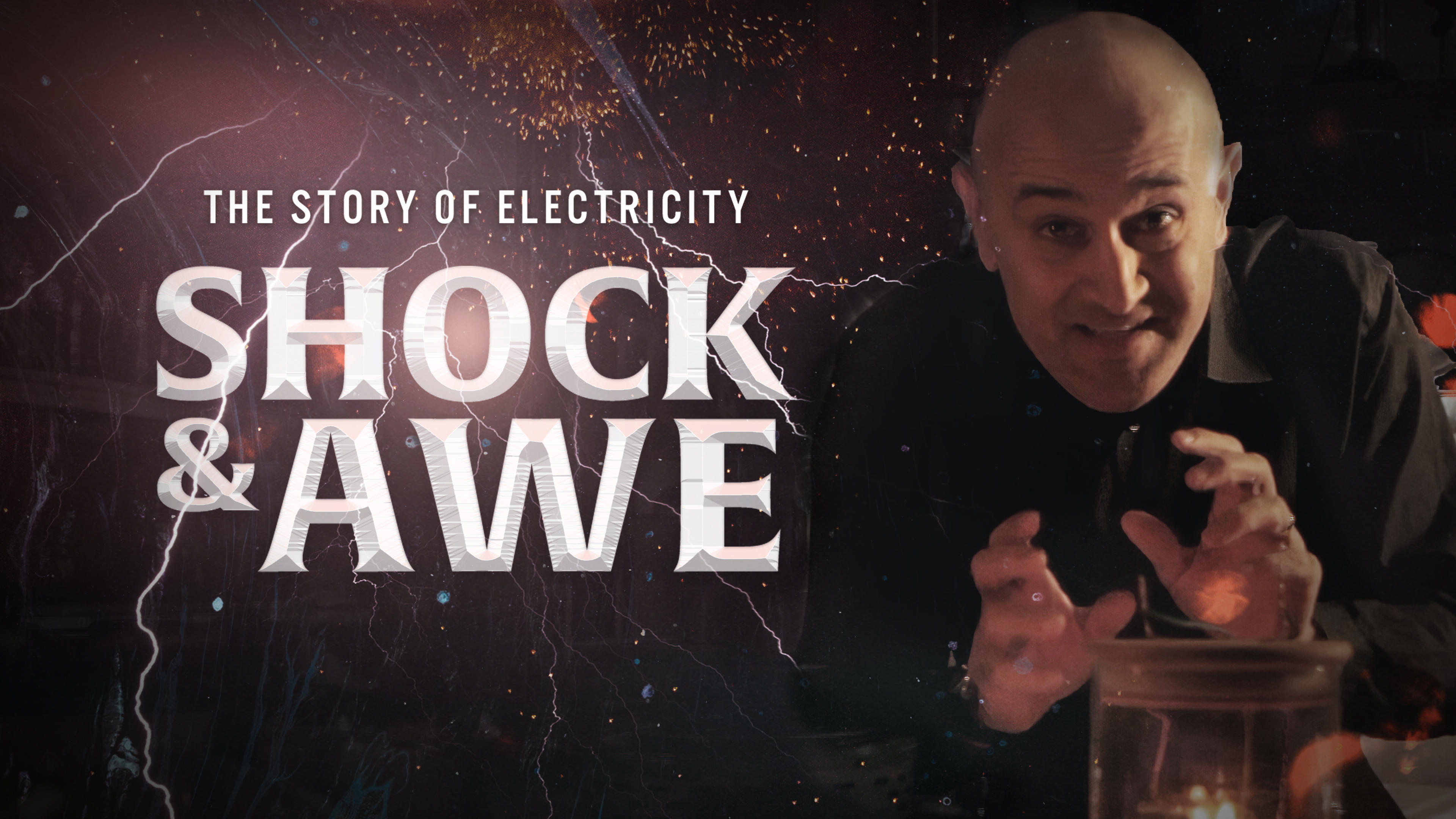From the lowly transistor to the smartphone, advancements in digital technology have irrevocably changed the way we live.
◊
Technology has been around for a long time (the wheel, anyone?). From the Greek, techne, for art or craft, and logos, whose meanings include word, account, and study, the word “technology” has become ubiquitous with all things mechanical. That includes digital or computing mechanics. So, who better to ask than ChatGPT about the five most momentous events in the Digital Technology Revolution?
Learn how electricity underpins our world's rapid technological advancement in this MagellanTV documentary.
According to ChatGPT, the following five events boosted the rise of digital technology:
- The invention of the transistor in 1947;
- The creation of the Internet from the 1960s through the 1990s;
- The launch of the personal computer from the 1970s through 1980s;
- The development of the mobile phone from 1973 through 2007; and
- The rise of social media and cloud computing in the 2000s.
Let’s take a closer look at each.
1. The Transistor
John Bardeen, Walter Brattain, and William Shockley were scientists at Bell Labs when they invented the transistor. The three men combined visionary thinking and specializations in physics and electrical engineering who revolutionized electronics by replacing bulky vacuum tubes with a tiny electrical device.
Vacuum tubes were used to amplify electronic signals and switch electric currents. They were not only bulky, but they also generated a lot of heat, used a lot of power, and were unreliable. The transistor, made mostly out of silicon, a semiconductor material, handily outperformed the vacuum tubes on all these metrics. On top of all that, transistors were cheaper to produce. Transistors revolutionized electronics and, more specifically, paved the way for the computers we use in our daily lives.
2. The Internet
Beginning with the ARPANET (short for Advanced Research Projects Agency Network) in the late 1960s, followed by TCP/IP (Transmission Control Protocol/Internet Protocol) rules in the 1970s and 1980s, and then Tim Berners-Lee’s introduction of the World Wide Web, today’s network of digital technologies known as the Internet was born.
The Internet is the global network of communication devices that use standard protocols like TCP/IP and hardware like routers and servers. The World Wide Web is a system designed to facilitate access to interconnected hypertext documents and multimedia files. The Internet is like a road – it’s a transportation system or travel infrastructure – while the World Wide Web is like the map you follow to get to your website destination. (Following this analogy, the Web browser is something like the vehicle you drive on the road while you follow the map.)
3. The Personal Computer
In 1977, the first Apple II personal computers were released. IBM followed with its own PC in 1981. Work, business, education, and entertainment were forever changed.
 IBM PC, 1981 (Credit: Sailko, via Wikimedia Commons)
IBM PC, 1981 (Credit: Sailko, via Wikimedia Commons)
Of course, not everyone could afford a personal computer. Adjusted for inflation, an Apple II cost the equivalent of $5,500 to $11,000 in 1977, while in 1981, an IBM PC equaled between $4,800 and $9,200.
4. Mobile Phones and Smartphones
Remember the earliest mobile phone? That bulky item was once the high point of digital communication. Invented by Martin Cooper in 1973, mobile phones originally cost close to $4,000, which is about $12,000 adjusted for inflation. Motorola, the company employing Cooper, was also the first carrier.
 Motorola cell phone, circa late 1990s (Source: Wikimedia Commons)
Motorola cell phone, circa late 1990s (Source: Wikimedia Commons)
Smartphones are computers with telephones. Apple’s introduction of the iPhone in 2007 transformed the way we use phones – and computers.
5. Social Media and Cloud Computing
The emergence of social media platforms like Facebook in 2004, Twitter in 2006, and Instagram in 2010, transformed how people connect and share information. Concurrently, the rise of cloud computing, with services like Amazon Web Services in 2006, and Google Cloud in 2008, enabled scalable and flexible storage and computing solutions, transforming business operations and facilitating the growth of the tech industry.
Curiously, ChatGPT does not include itself (and similar tools) in this list of momentous events in digital technology; yet, seemingly overnight, the leaps in machine learning like ChatGPT have already brought us beyond the next step in the digital technology revolution. In fact, all facets of society are experiencing the impacts of adaptive and predictive digital technologies, from economics to self-driving cars to medicine.
Ω
Title Image credit: paulclee, via Pixabay


